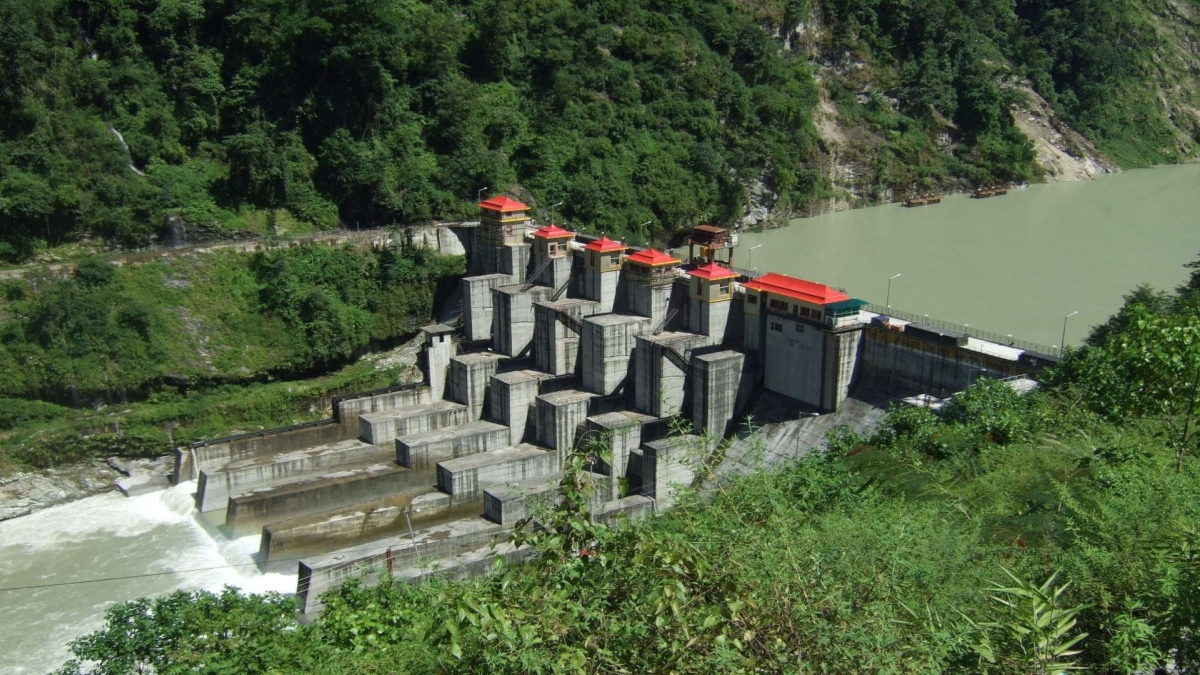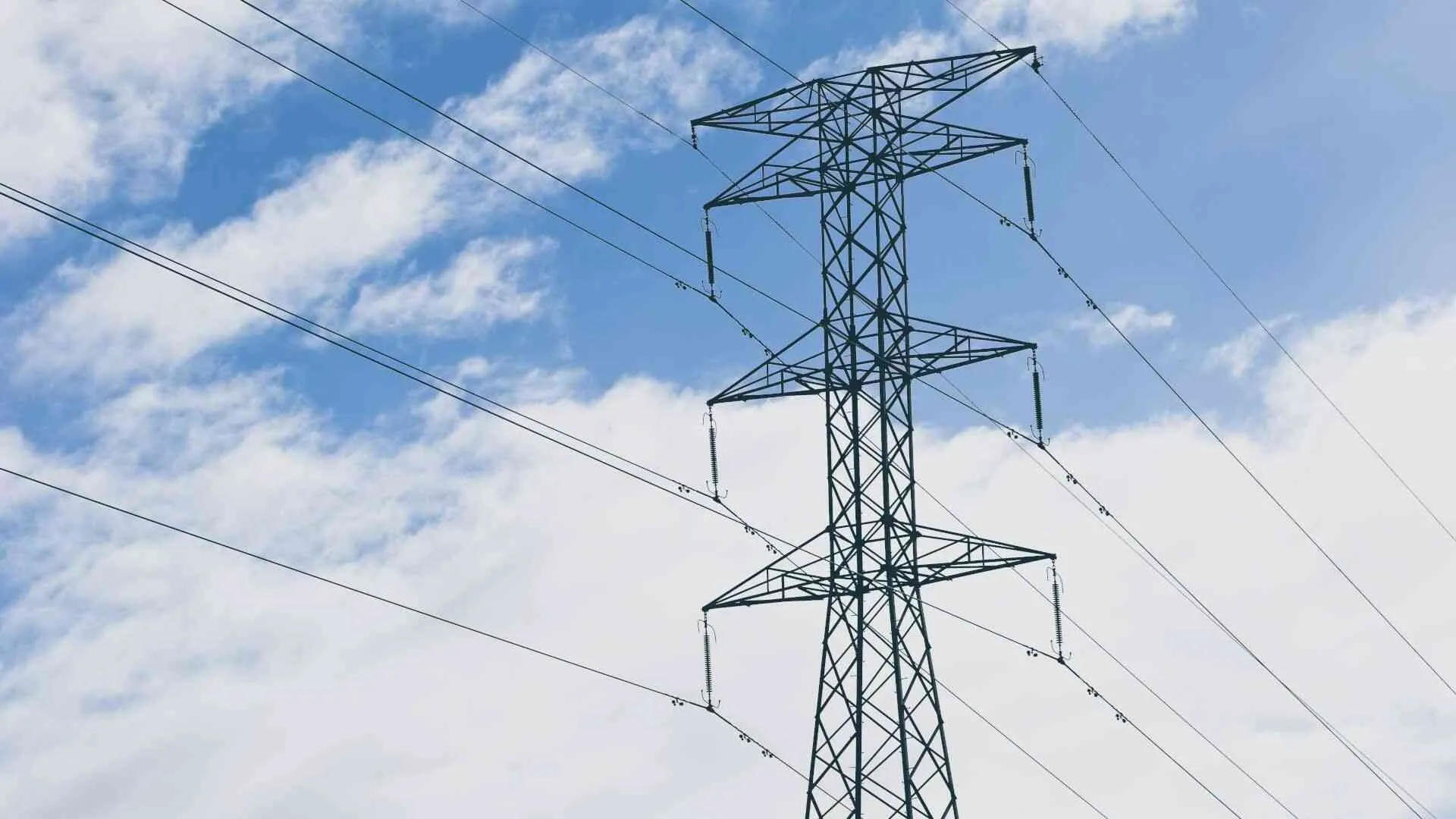In Sikkim, after the earthquake in 2011, there was a state-wide debate on the kind of runaway development path the state is on, specifically with hydropower investments, with 28 projects amounting to 20,000MW under development. Sikkim hosts some 2,200MW of operating hydro projects, soon to rise to 3,000MW. These are large projects, recently commissioned, and they export most of the power generated out of state. These large dams, primarily on the Teesta and Rangeet rivers, have also created enormous environmental problems.
The poster child of such projects is Teesta Urja’s Teesta III 1,200MW project at Chungthang, now majority-owned by the Government of Sikkim, the construction of which has seen, besides embarrassing financial shenanigans worthy of a soap opera, landslides from road construction, deaths of labourers in the tunnel during the 2011 earthquake, the collapse of a bridge by an overloaded truck carrying materials for the projects, disputes over non-construction of fish ladders, issues around e-flow of river water, shareholder disputes, takeover by the state government… a long list of social and environmental failures. Any case study of this project would have to call this gross incompetence and mismanagement, in this case by private management. And yet, the mismanaged project gets away with it, as the cost is borne by the environment and voiceless, isolated local communities.
Conversations with enough Sikkimese convince me that they now have had enough dams for such a small state, and certainly do not need any more power, with less than 100MW used in-state. And yet, even after Chungthang, developers are still eyeing another project on the Teesta, which already has over a dozen large projects operating, with Teesta VI (500MW) recently transferred from bankrupt Lanco to NHPC for completion. This is the Teesta IV project in Dzongu, the Lepcha reserve. Predictably, there is near-total local opposition that has coalesced around this project in a protected location.
Ladakh has very strong and sensitive ecological traditions, given that people have adapted to life in a cold desert. And yet, even after the welcome formation of the UT, there is no progress in a very old idea to expand the protected areas to include the Changthang Cold Desert/High Altitude National Park, which would protect the nesting areas of the Black-Necked Crane at Hanle Plains, Tso Kar and Tso Moriri, all sacred to the Ladakhis. The onslaught of tourism, with images of tourist vehicles driving over the Astragalus and Caragana bushes on the edges of the lakes, obliges a well-supported sustainable model of development based on local culture. Surely, Bhutan cannot get away with the crowning glory of caring for nature when we have similar customs and no less deep ecological thinking!
The NITI Aayog is proposing to construct a mega financial-tourist complex on Little Andaman Island. It would turn the island into an offshore financial hub that could compete with Singapore and Hong Kong. Conservationists say the plan threatens an already-fragile and rich tropical ecosystem and will lead to habitat loss for the vulnerable Onge tribe and the rare wildlife in India’s tiny portion of a genuine tropical forest. The pity is that offshore finance is itself going out of fashion given all the tax loss to OECD countries—offshore is being brought onshore and under regulation worldwide. This project is based on outdated ideas with poorly demonstrated commercial logic (what is the market for yet another offshore centre is not studied), and the irreversible environmental degradation it obliges is against our wildlife laws and will attract worldwide condemnation, and we know that pristine tropical forest, evolved over millennia, cannot be mitigated by pathetic exotic plantations in India as elsewhere.
The Ken-Betwa river inter-linking project is another striking case of the suppression of environmental considerations which only reflects the poor economic viability of the project. The project is proposed to be located in the heart of the Panna National Park and simply cannot make the case that it is designed for the betterment of wildlife, which it has to do under the dual pressure of wildlife laws and the Godavarman case.
As usual, the environmental flaw hides an even bigger economic flaw: there is insufficient water in the Ken to quality it as ‘surplus.’ The water balance studies are decades old (the calculations have not been made public). Upstream dams like Tendughat, reduced rainfall from climate change reducing supply, the need for 30% aviral dhara, and the huge, more recent and uncomputed offtake of water by agricultural pump sets have all been ignored. If only the resettlement costs of insular villages and the cost of the loss of 23 lakh trees were updated to the recently determined values by the Supreme Court (SC), the borderline cost-benefit ratio would go awry. The CEC already reported to the SC in 2019 that the cost-benefit ratio was misleading, given major errors and exemptions. The late water expert Dr Brij Gopal wrote that Bundelkhand was crying for smaller, local water solutions to be delivered in the near-term, not at this huge cost and after decades.
In all these cases, the projects suffer from poor commercial logic and the environment pays the price. All too often, poor commercial logic is disguised by the need to hustle and short-change the environment. This suggests that environmental scrutiny should be seen as the last resort to check poor economic and commercial decision-making. The environmental consideration is not a check on development, it is a filter for the good projects, and a meaningful contribution to sustainable development: sensible economics and long-term ecological security.
THE POSSIBILITY
Starting with this massive attack on forests and wildlife alike, it is salutary to see some examples which demonstrate the ‘good projects.’ The Kanha-Pench flyover is a case study of a project which incorporates environmental concerns. The wildlife corridor is of obvious importance to tiger conservation and for ensuring the larger landscapes of the Satpuras (comprising 16,000 sq. km. of forest) stay connected. The five underpasses and four minor bridges on this 37km stretch of highway have ensured that the movement of animals is not disrupted. The threat to the Satpuras continues, but a salutary precedent has been set.
The Nagpur-Mumbai Samruddhi highway nearing construction is also a good example of bringing in environmental considerations at the design stage itself. Since the highway cuts across three wildlife sanctuaries and 35 wildlife focus areas, special wildlife mitigation measures such as 7 overpasses, 17 underpasses and several high box culverts are being built to facilitate animal movement and to avoid road kills. The increase in project costs is insignificant and this should be a case study for other linear projects being considered.
The proposed Delhi-Saharanpur highway also shows a confluence of interests between environmental sensitivity and commercial considerations. This highway plans a 12km elevated corridor that will prevent major damage to the Shiwaliks (and costs) from road-cutting and landslides while permitting wildlife passage underneath. It is hoped over 8,000 sal trees on the Dehra Dun can be saved by smarter alignment or another elevated segment. The Saharanpur sanctuary is also proposed for the Western Dun forests simultaneously.
THE HOPE
We know what needs to be done, we have the laws and precedents, and our culture and spiritual traditions are very clear that in the case of a choice, we should favour nature. The environment-friendly choice can also be the right economic choice. It is the poor projects which seek short-cuts to defy the environmental norms, break the laws, and fix the environment-clearance system.
The world would welcome, and our people would benefit, now and in the future, if India makes a course-correction back to its culture and history, back towards nature. Back towards saving that one peepul tree on a highway expansion, that co-operation between Centre and State to reject the development of the Bandar coal mine near Tadoba in Maharashtra this summer, as a matter of course. Back towards doing surveys before cutting roads which cover up springs with excavated malba in the Himalayas.
Enlightened environmentalism that directs necessary business and infrastructure investments towards more legal, ecological directions is completely in keeping with India’s heritage and the aspirations of its people. I do hope public bodies can recast the false tension between development and the environment to a naturally Indian confluence of interests. India needs this compromise. Nature symbolised by Kamadhenu is once again complaining to the just ruler Parikshit for help, and the ancient sanatan dharma tradition is abundantly clear that the wisdom to use the power of discrimination to find a balance is both possible and timely.
This piece is the second part of an article carried by The Sunday Guardian on 10 March. The views expressed are personal.






















